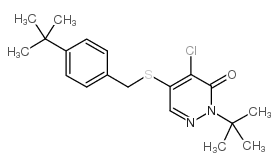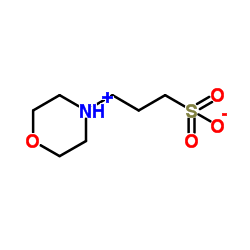| 结构式 | 名称/CAS号 | 全部文献 |
|---|---|---|
 |
溴化乙啶
CAS:1239-45-8 |
|
 |
氢氧化钠
CAS:1310-73-2 |
|
 |
甲醇
CAS:67-56-1 |
|
 |
3-乙基-2,4-戊烷二酮
CAS:1540-34-7 |
|
 |
哒螨灵
CAS:96489-71-3 |
|
 |
3-(N-吗啉)丙磺酸
CAS:1132-61-2 |
|
 |
焦碳酸二甲酯(DMPC)
CAS:4525-33-1 |